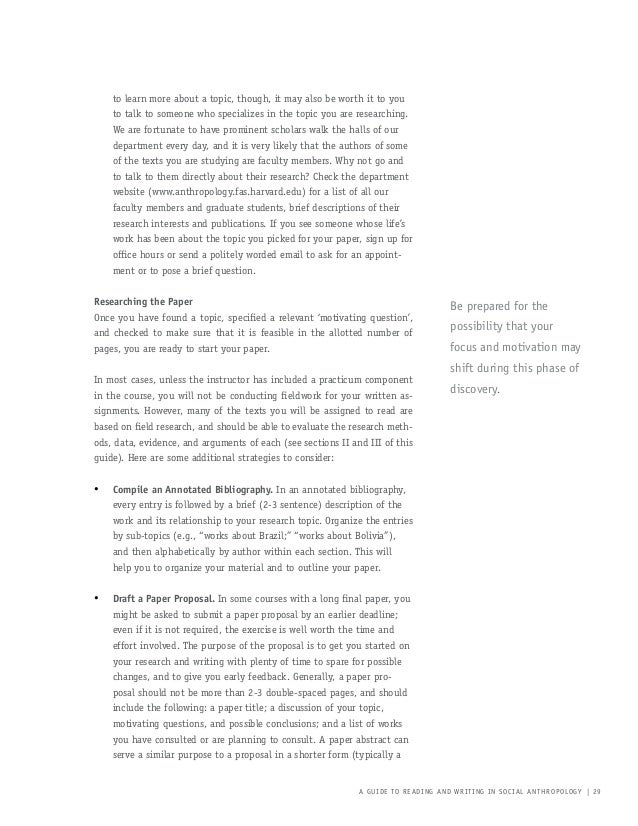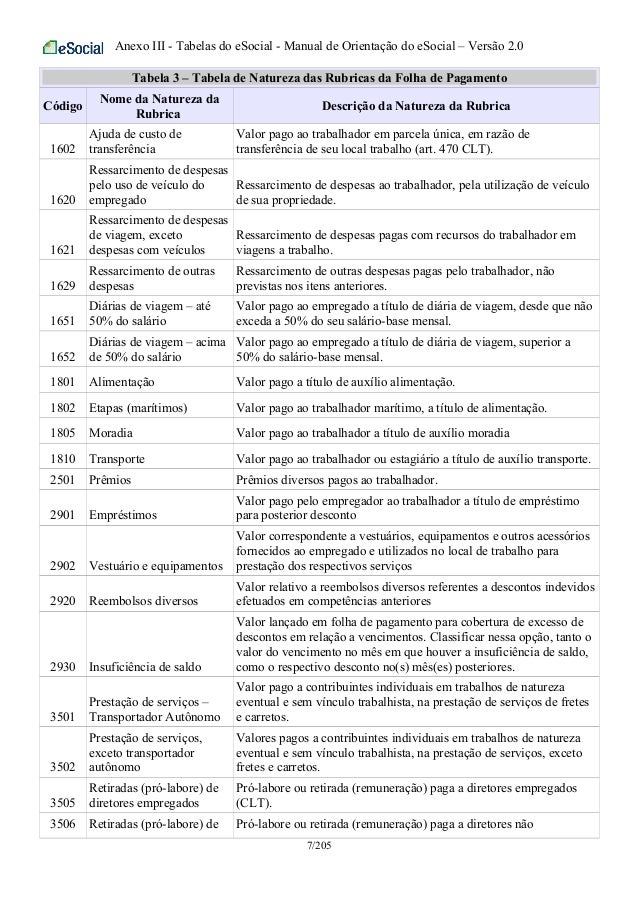Manual For Doing Cultural Anthropology
When we set out to write Cultural Anthropology: Asking Questions About Humanity, we wanted to share the findings of anthropology with student readers, as any textbook authors do. But an equally powerful motivation was to share with students the power of anthropological thinking. We know from our own teaching that what excites and empowers our students most is when they actually use an anthropological lens to decipher everyday experience—their own and that of other peoples. So our goal was to create a textbook that guides student readers through an active process of developing their own abilities to pose good anthropological questions and to begin to approach problems and issues anthropologically. A commitment to an active, learner-centered pedagogy has informed us throughout the planning and writing of each chapter and every feature of this book.
Doing Cultural Anthropology
Field Ethnography: A Manual for Doing Cultural Anthropology [Paul Kutsche] on Amazon.com. *FREE* shipping on qualifying offers. For undergraduate-level.
Because of the centrality of that pedagogical vision to this textbook, we have designed this Instructor’s Manual, which is more expansive and tailored to these goals than the traditional instructor’s manual. We include elements such as chapter summaries, key terms, web links, and a test bank, of course; but our goal is also to inform and support you as an instructor so that you and your students can get the most out of that pedagogy. This introduction to the manual provides an overview of our pedagogical vision; discussion and advice about how to apply the question-centered approach of the textbook; suggestions about integrating the discussion topics and interactive exercises that appear throughout this manual into your course — whatever your course size; and an overview of the different sections of the individual chapters of this manual. The following are brief examples of the types of materials that are included in the Introduction of the Instructor’s Manual to accompany Cultural Anthropology: Asking Questions About Humanity.
Please contact your Oxford University Press sales representative to gain access to the for the following chapters:. Chapter 1: Anthropology: Asking Questions About Humanity. Chapter 2: Culture: Giving Meaning to Human Lives. Chapter 5: Ethnography: Studying Culture. Chapter 7: Foodways. Chapter 12: Gender, Sex and Sexuality. Know the different types of questions that get (and keep) discussion going.
There are many different kinds of questions you can ask that serve different purposes in the interactive classroom:. Questions that ask for more evidence: Good for ensuring that students are sticking to the text or empirical data in their claims-making (How do you know that? What does the author say that supports your argument? Where did you find that view expressed in the text?). Questions that ask for more clarification: Good for encouraging a student to expand on his or her ideas (What do you mean by that? Can you put that another way?).
Open-ended questions: Good for opening up the horizons of a discussion and provoking problem-solving (Why do you think anthropologists are so concerned with research ethics? How do cultural symbols uphold a particular social order?). Linking or extension questions: Good for connecting what one student says to another’s response and for prompting student-to-student conversation (How does your point relate to the point just made by Mary? Does your point challenge or support what we are saying here?). Hypothetical questions: Good for getting. Assemble some good questions and identify places to integrate them into your syllabus or class session. Dwell on the question.

Revisit interesting questions. Ask questions you don’t know the answer to. Ask questions that you can’t answer. Provide activities and assignments focused explicitly on getting students to develop anthropological questions. The “Thinking Like an Anthropologist” boxes in the textbook are set up precisely to do this, where we describe an ethnographic or historical situation and then follow up with questions we would ask as anthropologists. In the second part, we offer another scenario and ask the reader to come up with some questions of their own. Integrate those boxes and their scenarios (or your own) into your class discussion by breaking students into small groups to come up with questions, or if you have a larger class, ask students to write those questions down and call on several to be read out loud.
Alternatively, design a graded activity in which you ask students to come up with anthropologically interesting questions about a topic. Invite students to ask “random questions.”. Holding a Good Discussion or Group Activity in Any Class Size. If you want to have good discussions during the semester, generate one—even a short one—on the first day of class and then do it again in the next few classes. Good discussions and activities require instructors to have trust in students and to provide them with a sense of control. Good discussions require a “warm-up.”. Use a worksheet as foundation for a discussion or exercise.
Use technology to leverage or amplify your in-class discussions. You can disseminate worksheets or follow up with a more substantial summary of an in-class activity or discussion through an online course delivery platform like Blackboard or Oxford University Press’s own Dashboard platform. Set up out-of-class-time interactive activities. Offer “assignment tracks” or extra credit to individuals who want to do more group-oriented activities. We hope that you will, at whatever scale you feel comfortable with, apply the advice we have laid out here about holding good discussions and group activities in your own classroom.
We also encourage you to experiment with the question-centered approach described above. We think—in fact, we know, from our own experience in the classroom and writing the textbook—that the results can be rewarding, even in modest doses.
Manual For Do Cultural Anthropology
Good luck, and let us know how it goes! Finally, we know how hard it is to engage undergraduates, and we encourage you to explore some of these ideas that will help your students start thinking like you do as an anthropologist. But that can only come when students start effectively asking questions about humanity.
Why is Chegg Study better than downloaded Cultural Anthropology PDF solution manuals? It's easier to figure out tough problems faster using Chegg Study. Unlike static PDF Cultural Anthropology solution manuals or printed answer keys, our experts show you how to solve each problem step-by-step. No need to wait for office hours or assignments to be graded to find out where you took a wrong turn.
You can check your reasoning as you tackle a problem using our interactive solutions viewer. Plus, we regularly update and improve textbook solutions based on student ratings and feedback, so you can be sure you're getting the latest information available. How is Chegg Study better than a printed Cultural Anthropology student solution manual from the bookstore? Our interactive player makes it easy to find solutions to Cultural Anthropology problems you're working on - just go to the chapter for your book.
Hit a particularly tricky question? Bookmark it to easily review again before an exam. The best part?

As a Chegg Study subscriber, you can view available interactive solutions manuals for each of your classes for one low monthly price. Why buy extra books when you can get all the homework help you need in one place?